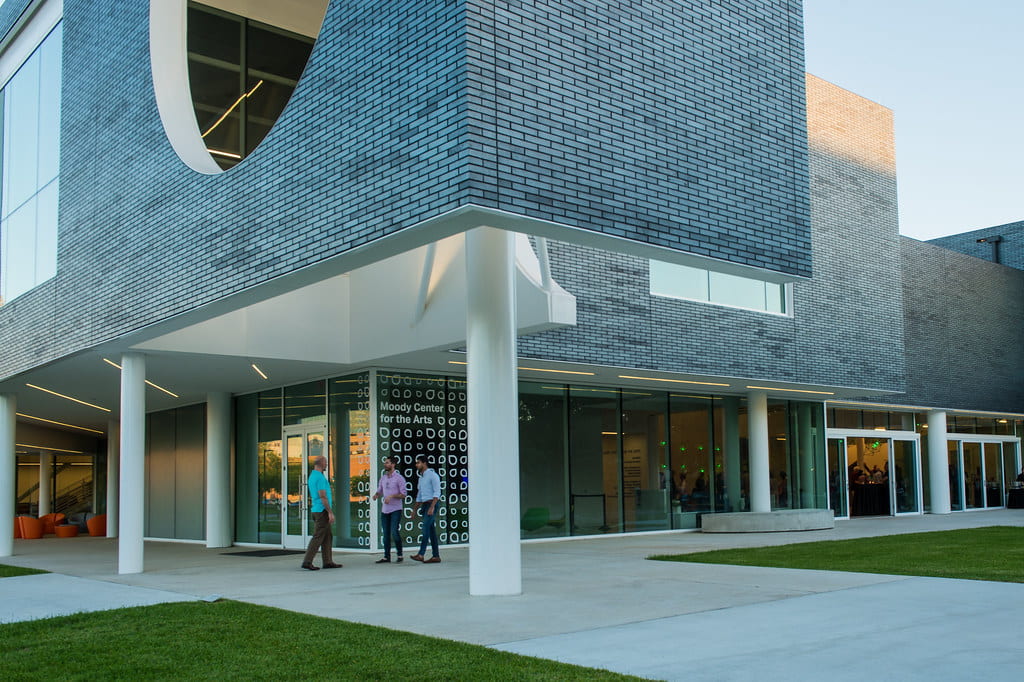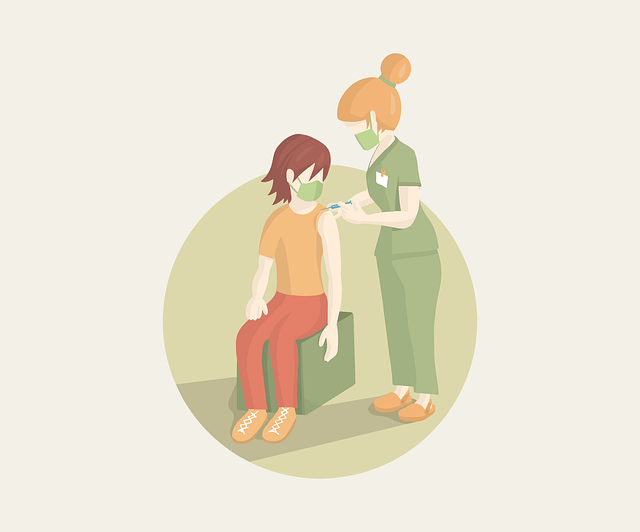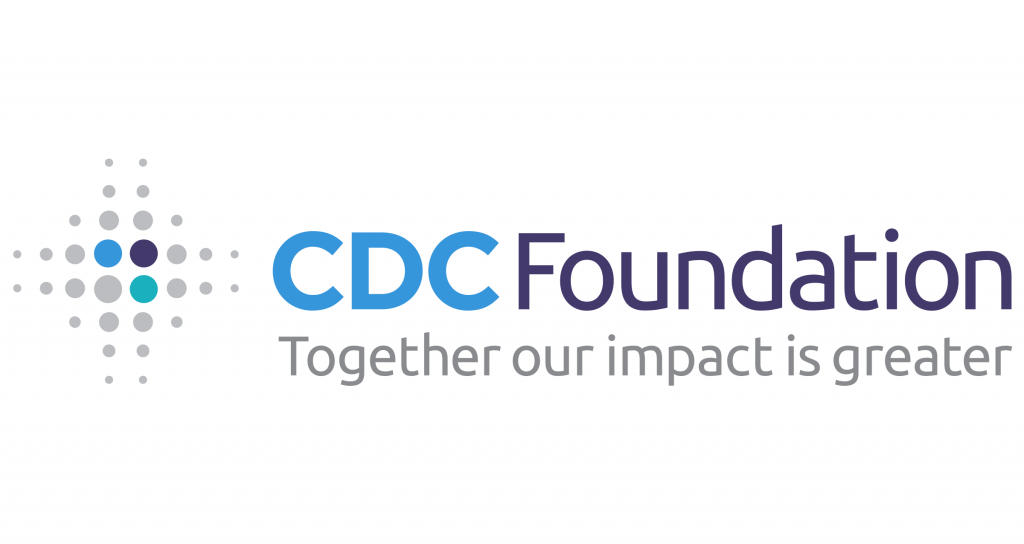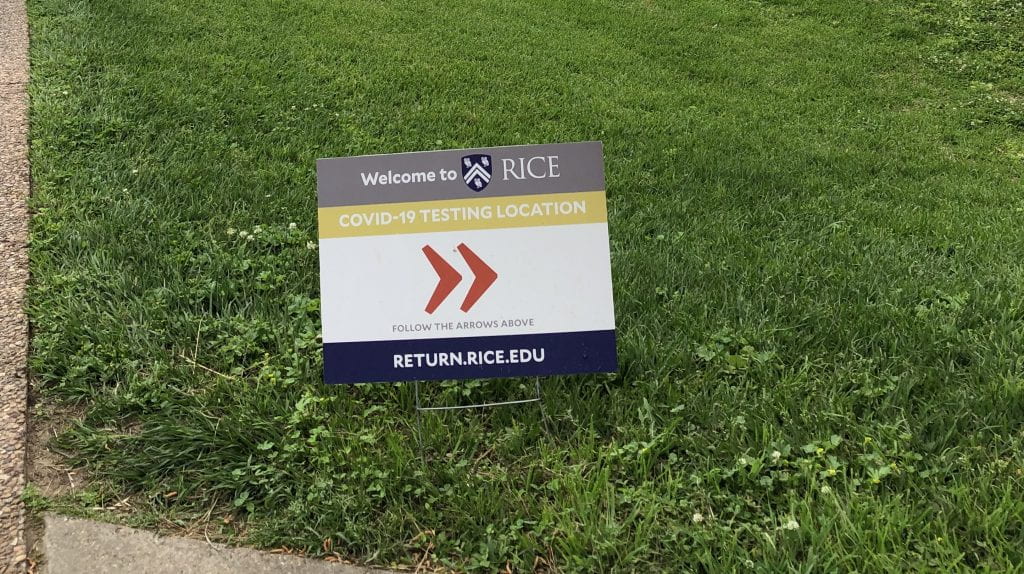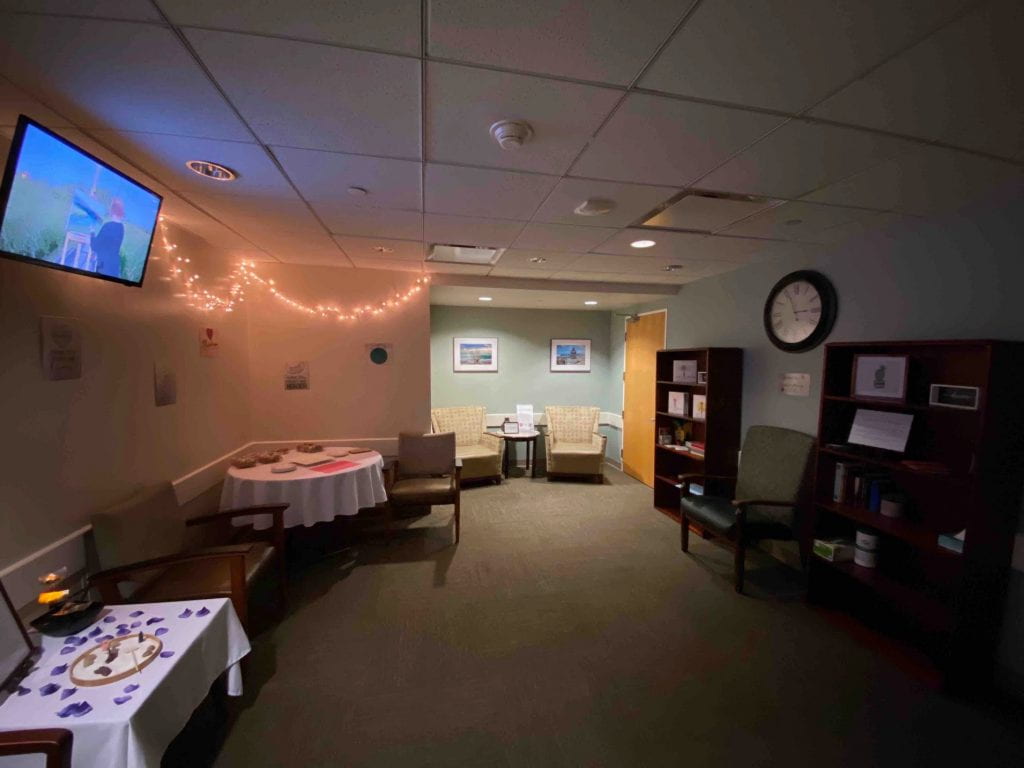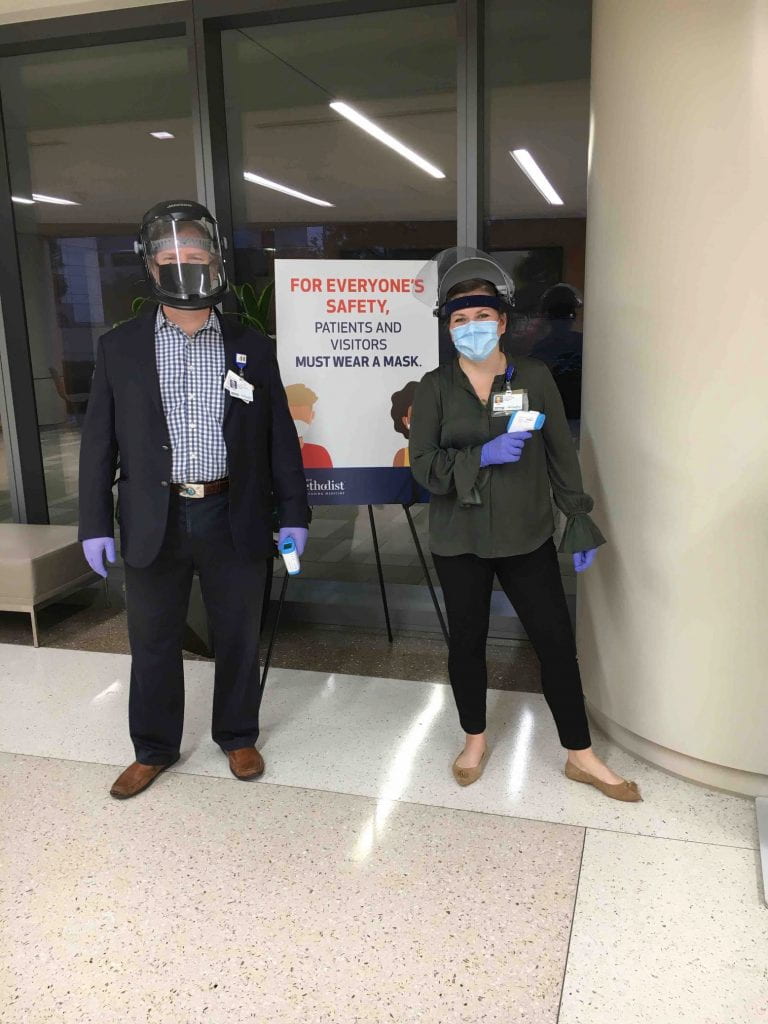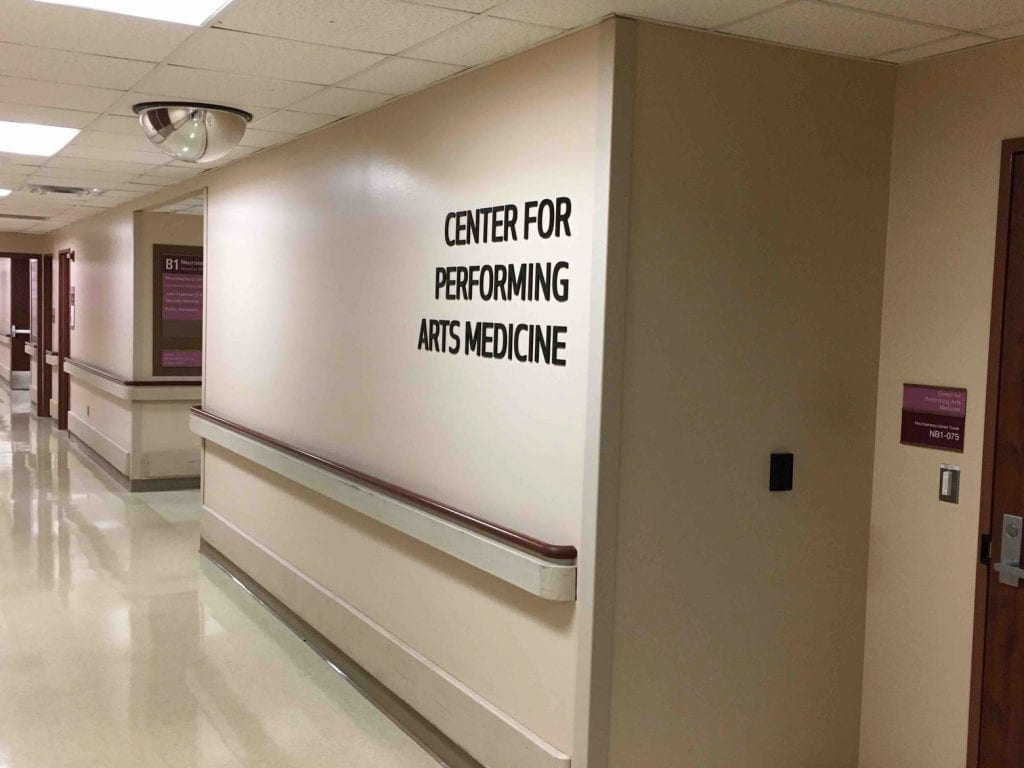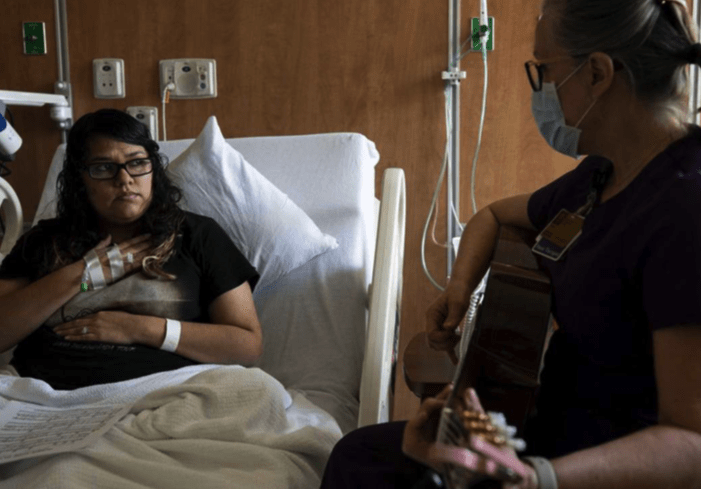Our Research Updates in Archways give a snapshot of the Rice ARCHES Initiative’s current work, research progress, and future directions
LiveWire
This month Dr. Anthony Brandt, a Co-Investigator in the Rice ARCHES Initiative, tells us about the research team’s participation in the first International Workshop on the Neural and Social Bases of Creative Movement.
In April, members of the Project CHROMA team participated in the first International Workshop on the Neural and Social Bases of Creative Movement, held in Wolf Trap, Virginia. Co-investigator Chris Fagundes and Lydia Wu gave a presentation on the progress of Project CHROMA’s NEA Research Lab involving musical creativity and seniors with mild cognitive impairment. Meanwhile, thanks to additional support from the National Endowment for the Arts, composer and co-investigator Anthony Brandt presented “LiveWire,” an innovative inter-disciplinary collaboration involving music, dance, and neuroimaging.
“LiveWire” was created with choreographers Andy and Dionne Noble from Sam Houston State and neuroengineer Pepe Contreras-Vidal from the University of Houston’s BRAIN Lab, and performed by members of NobleMotion Dance Company and the new music ensemble Musiqa. The production was originally premiered in Houston in January 2022.
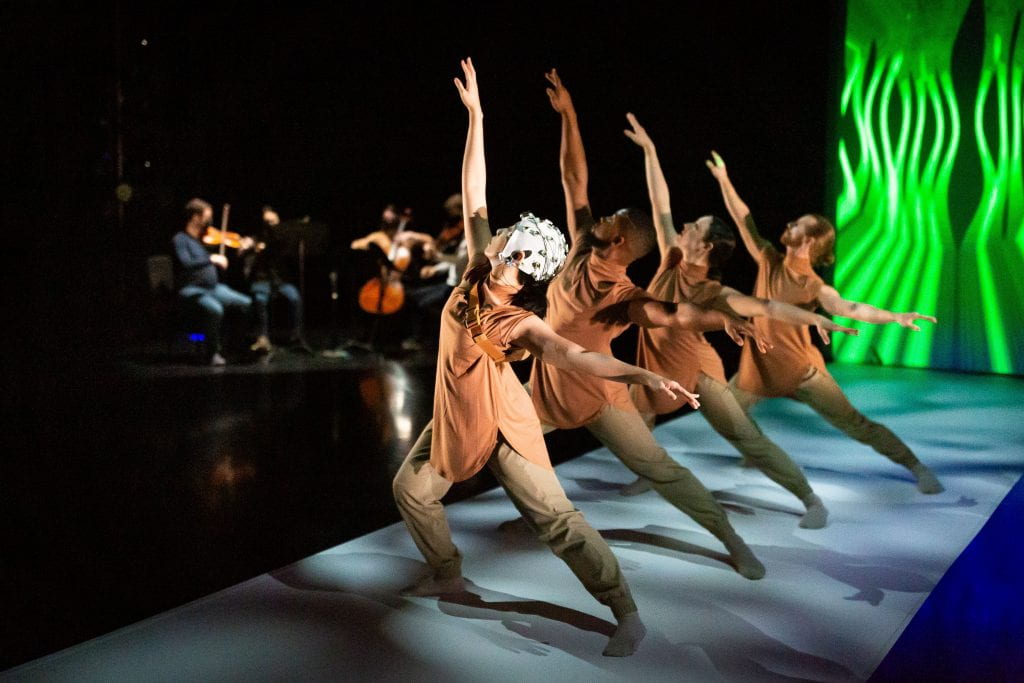
Each section of “LiveWire” is meant to reflect a different feature of brain behavior, progressing from more fixed to more flexible networks. Two of the dancers wore portable EEG caps that monitored their brains as they performed. Data from the caps was displayed on a monitor and also abstracted in the dance’s lighting design. In the final section, the neural synchrony between the two dancers–as measured by their brain caps–controlled the lighting.
Throughout the rehearsal process and performances, Dr. Contreras-Vidal and his team gathered data about the cap-wearing dancers’ activation patterns and neural synchrony. That data is currently being analyzed. Topics of interest include changes in brain behavior as the dancers mastered the choreography, as well as differences in activation patterns between the first four sections—which have fixed movements—and the fifth—which is largely a structured improvisation.
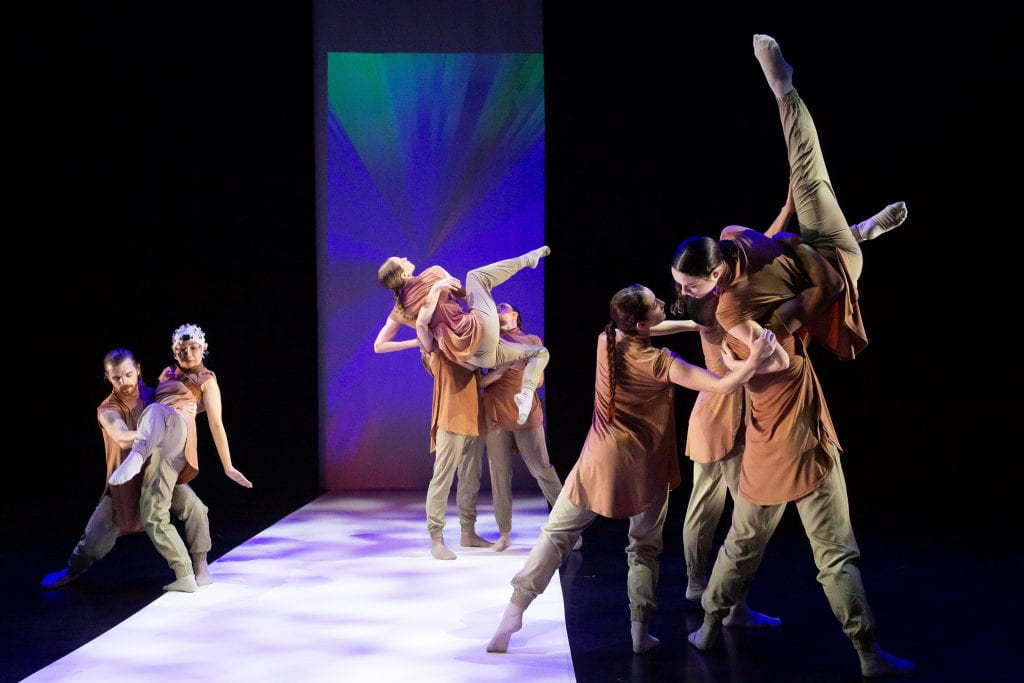
As far as the collaborators know, this is one of the first—if not the first—dance to be both a performance and an experiment. All of us in Project CHROMA are very thankful to the National Endowment for the Arts and Rice’s Faculty Initiative Fund for supporting this project.

